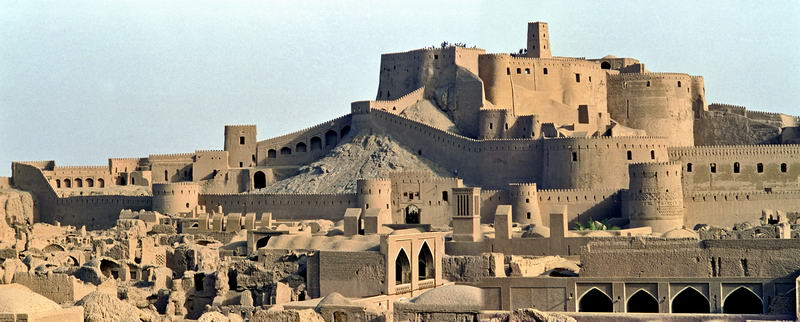Based on a comprehensive plan devised by Iran’s Cultural Heritage, Handicrafts and Tourism Organization with help from UNESCO, the restoration of Arg-e Bam (Bam citadel) will be complete by 2017.
Located in Bam, Kerman Province, Arg-e Bam was once the largest adobe building in the world but was almost entirely razed to the ground by a 6.6-magnitude earthquake on December 26, 2003, which killed between 32,000 people.
Masoud Soltanifar, vice president and the head of the ICHHTO, said the site’s restoration effort is progressing well and called on relevant organizations to cooperate to quicken the pace.
“It took six years just to clear the debris,” he said, adding that the project is 80% complete, IRNA reported. The senior official did not say why it had taken so long to remove the debris, which normally can and should be completed in a few weeks.
The restoration plan is not aimed at renovating the site the way it was before the quake as UNESCO does not allow countries to completely eliminate the impacts of natural calamities, arguing that they are part of history itself.
The UN body removed the Bam Citadel from its list of World Heritage in Danger in 2013, following improvement in the site’s management and conservation and progress in its restoration.
Inscribed on the World Heritage List in 2004, Arg-e Bam is one of Iran’s 19 world heritage sites. The origin of this enormous structure on the historical Silk Road can be traced back to the Achaemenid period (6th to 4th centuries BC). The heyday of the citadel was from the 7th to 11th centuries, being at the crossroads of important trade routes and known for the production of silk and cotton garments.


